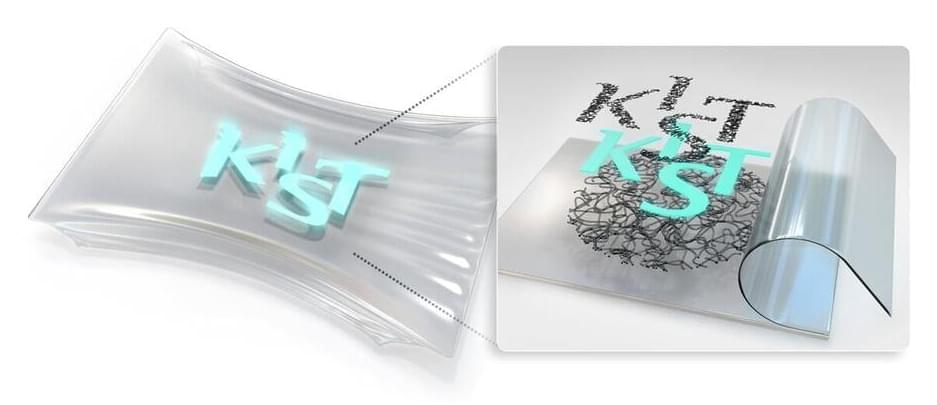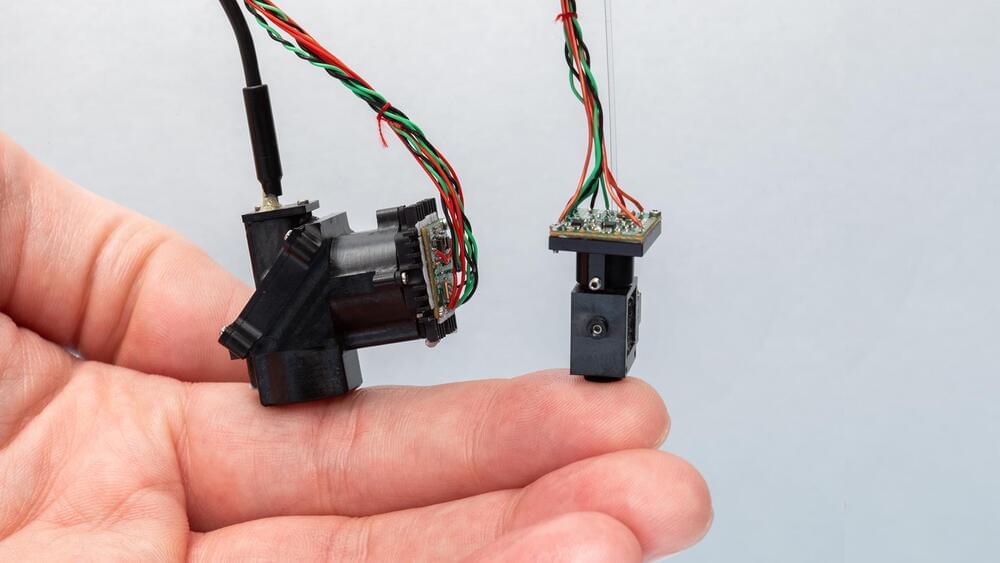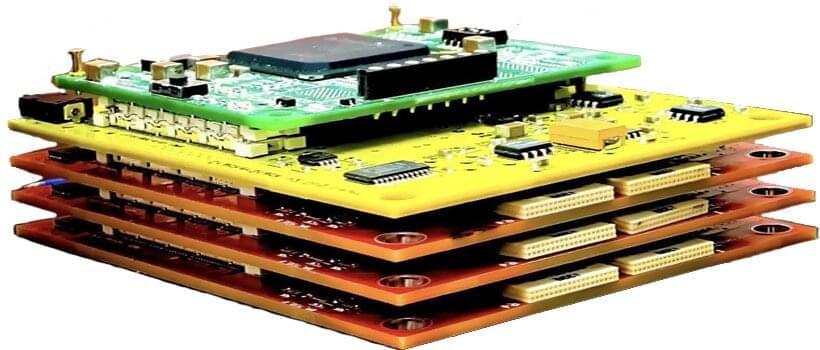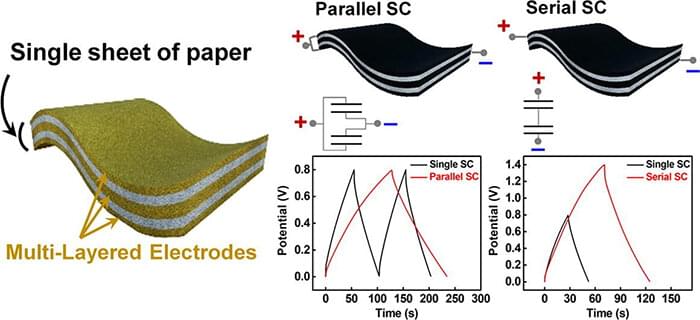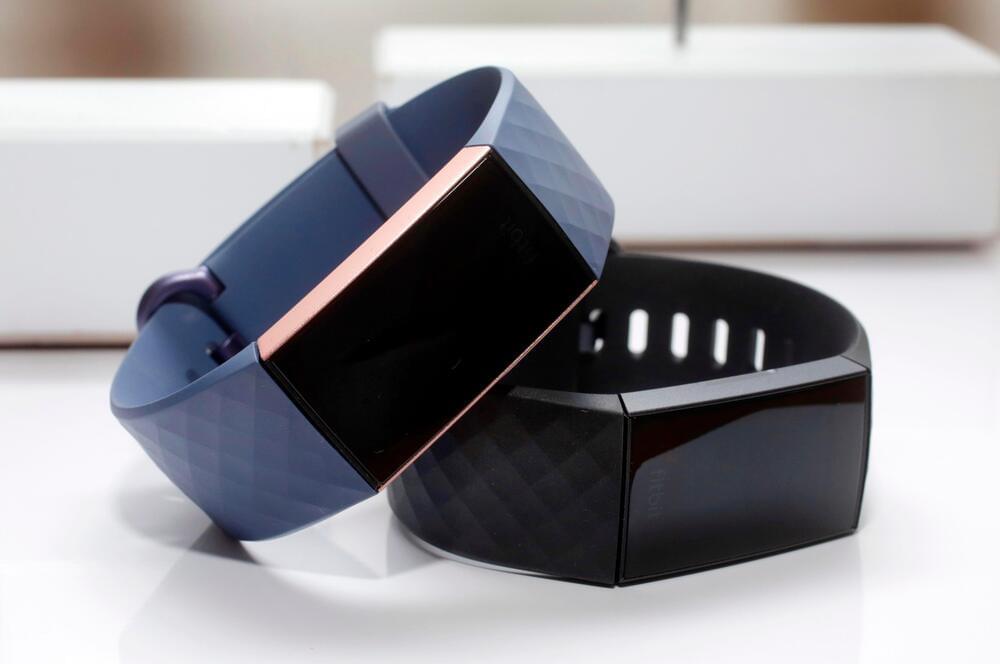Mar 27, 2023
Engineering breakthrough in softbotics
Posted by Liliana Alfair in categories: biotech/medical, health, robotics/AI, wearables
“Introducing the first soft material that can maintain a high enough electrical conductivity to support power hungry devices.” and self-healing.
The newest development in softbotics will have a transformative impact on robotics, electronics, and medicine. Carmel Majidi has engineered a soft material with metal-like conductivity and self-healing properties that, for the first time, can support power-hungry devices.

